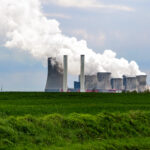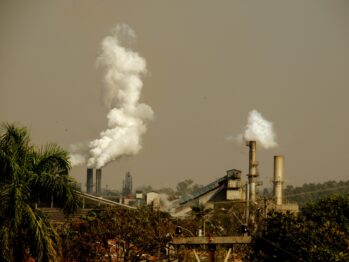The visible physical damage wrought by forest fires is plain to see. But they have a further, invisible cost that is not as frequently quantified as the number of lives and value of properties lost. Trees and other vegetation extract carbon from the air. When they go up in flames, the carbon stored within their woody cells combines with oxygen to once more form carbon dioxide—adding to the environmental toll of the fires. “Dust to dust”, the saying goes. For trees, it is “gas to gas”.
This cycle means that raging wildfires are a considerable and often ignored source of emissions, and a growing one, too. In California, according to a new analysis published in Environmental Pollution, a journal, wildfire emissions are estimated to have wiped out the benefits of more than a decade of efforts to reduce emissions from energy, homes, waste, transport and industry (see chart).

Continue reading at The Economist…
















